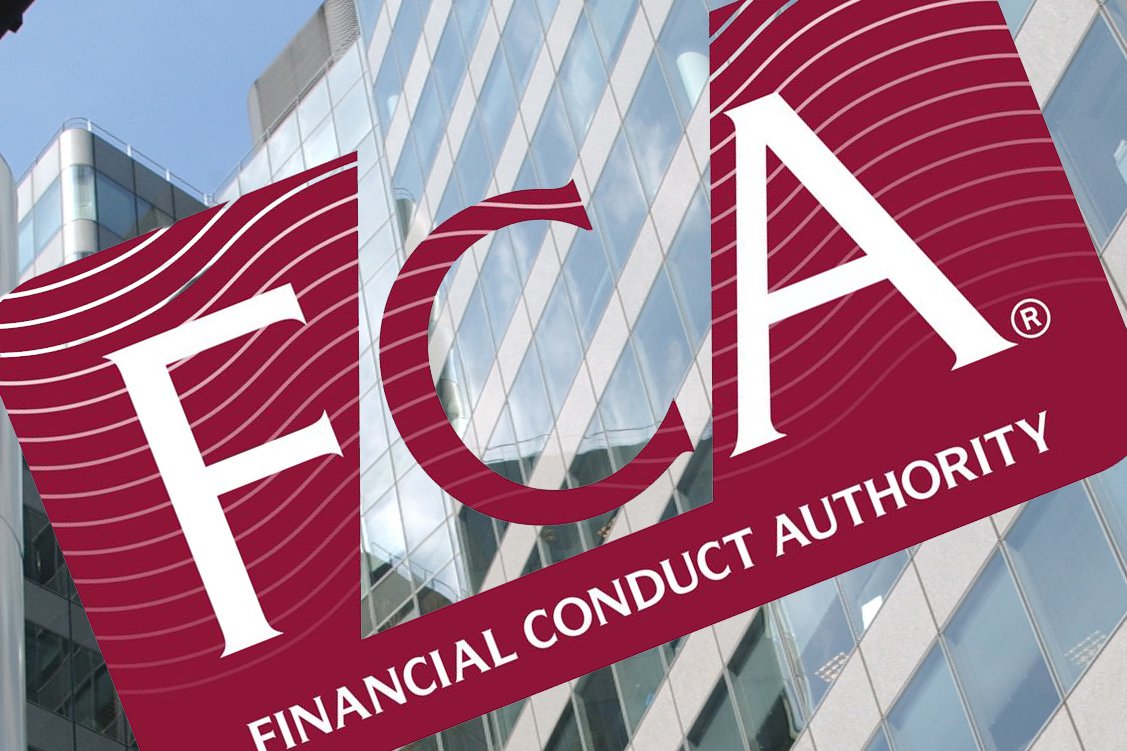
FCA confirms anti-greenwashing guidance and proposes extending sustainability framework: reaction
Ahead of the anti-greenwashing rule coming into force on 31 May, the Financial Conduct Authority (FCA) is supporting industry with guidance to help firms and teams to meet the standard. The new rule is designed to protect consumers by ensuring sustainable products and...
The transformative impact of AI on the asset management industry
In an era marked by rapid technological innovation, the asset management industry stands on the edge of a disruptive transformation according to Daniele Grassi CEO and Cofounder, Axyon AI. As if discovering new continents in the vast ocean of finance, Artificial...
Downside risks to US equities ‘warrant a more cautious allocation’ says Shard Capital
Shard Capital shares its latest overview on the risks and opportunities in global markets Equities A strong March ensured equity markets finished Q1 well into the green, with China being the only major economy where concerns remain high and sentiment weak. Whilst we...
Central bank action is still driving bond markets: Candriam
Written by Philippe Noyard, Global Head of Fixed Income, Candriam March was a clement month for investors, with most asset classes delivering a positive performance. Equities were broadly positive and spreads in most risky fixed income asset classes tightened even...
Latest issue of Wealth DFM magazine

Fixed Income Investments 2024: latest Annual Report is available NOW
We are delighted to announce that our inaugural report into Fixed Income investments is now available to readers. Researched and written...
Latest videos
PIMCO Outlook: Higher yields today create opportunity
Explore various ways investors can take advantage of today’s higher bond yields and attractive return...
More of today’s top stories

FCA confirms anti-greenwashing guidance and proposes extending sustainability framework: reaction
Ahead of the anti-greenwashing rule coming into force on 31 May, the Financial Conduct Authority (FCA) is supporting industry with...

The transformative impact of AI on the asset management industry
In an era marked by rapid technological innovation, the asset management industry stands on the edge of a disruptive transformation...

Downside risks to US equities ‘warrant a more cautious allocation’ says Shard Capital
Shard Capital shares its latest overview on the risks and opportunities in global markets Equities A strong March ensured equity markets...

Central bank action is still driving bond markets: Candriam
Written by Philippe Noyard, Global Head of Fixed Income, Candriam March was a clement month for investors, with most asset classes...

FTSE pushes to new highs despite government borrowing missing targets
Following yesterday's record high close for the FTSE 100 of 8,023.87, the index has pushed on to make further gains this morning. In...

FTSE 100 close to record high helped by an easing of geopolitical tensions
Commenting on today's positive moves in UK FTSE 100 stocks, Susannah Streeter, head of money and markets, Hargreaves Lansdown said:...

Europe’s Economy Facing Short- and Long-Term Headwinds
By Nicola Mai, Economist & Sovereign Credit Analyst, and Peder Beck-Friis, Economist, at PIMCO Despite its cyclical and secular...

Investor stewardship key to fight against plastic, PFAS and micropollutants says WHEB AM’s Montiero
As we celebrate World Earth Day today and its theme of 'Planet vs. Plastics', Rachael Monteiro, Stewardship and Climate analyst, shares...

How does inflation affect Fixed Income?
With inflation around the world generally declining, and most economists believing that inflation has reached its peak for now, market...

Plastic itself isn’t the enemy – plastic waste is. Fascinating insights from New Capital’s Melanie Beyeler
As we celebrate Earth Day today, and its 2024 theme of ‘Planet vs. Plastics’, this analysis for Wealth DFM from Melanie Beyeler, Portfolio...
Trending stories
Join our mailing list
Subscribe to our mailing list to receive regular updates!

